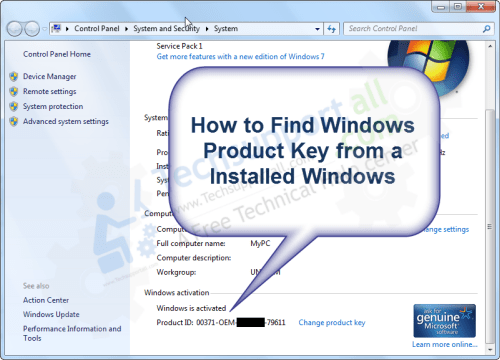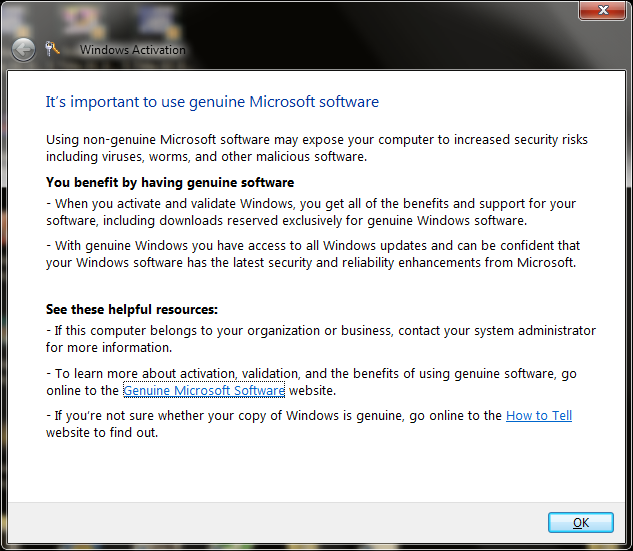
 In a new PowerShell window, type sfc / scannow and press the Enter key on your keyboard. To do this, right-click the Start menu and select the Windows PowerShell (Admin) option. If you suspect that your system files are corrupted, you can run the System File Checker (SFC) tool. This is unusual and could be caused by a bug or corruption of system files. However, there are reports on the internet that lockapp.exe is causing some CPU and RAM issues. Troubleshooting lockapp.exe problems in Windows 10 You can check this yourself using the Task Manager, but it should be the same for all Windows 10 users. This is because lockapp.exe is either in “suspended” mode after logging in (meaning it is not actively running), or it is stopped and completely hidden. How To Fix Adobe Genuine Software Integrity Service Errors (Opens in a new browser tab) CPU usage can also be limited during the login process and should be zero after login. Under normal use, the lockapp.exe process should use a very limited amount of your system resources – we’re talking about a few megabytes of RAM here and there. Can lockapp.exe Cause High CPU, RAM or Other High System Resource Usage? As a genuine system process, lockapp.exe is completely safe, but on the rare occasion that malware masquerades into your system with the same file name, you can verify the authenticity by following these steps. When you log in, lockapp.exe should be inactive or hidden, waiting until you lock your computer or log out again.
In a new PowerShell window, type sfc / scannow and press the Enter key on your keyboard. To do this, right-click the Start menu and select the Windows PowerShell (Admin) option. If you suspect that your system files are corrupted, you can run the System File Checker (SFC) tool. This is unusual and could be caused by a bug or corruption of system files. However, there are reports on the internet that lockapp.exe is causing some CPU and RAM issues. Troubleshooting lockapp.exe problems in Windows 10 You can check this yourself using the Task Manager, but it should be the same for all Windows 10 users. This is because lockapp.exe is either in “suspended” mode after logging in (meaning it is not actively running), or it is stopped and completely hidden. How To Fix Adobe Genuine Software Integrity Service Errors (Opens in a new browser tab) CPU usage can also be limited during the login process and should be zero after login. Under normal use, the lockapp.exe process should use a very limited amount of your system resources – we’re talking about a few megabytes of RAM here and there. Can lockapp.exe Cause High CPU, RAM or Other High System Resource Usage? As a genuine system process, lockapp.exe is completely safe, but on the rare occasion that malware masquerades into your system with the same file name, you can verify the authenticity by following these steps. When you log in, lockapp.exe should be inactive or hidden, waiting until you lock your computer or log out again. 
While some users occasionally report high CPU and RAM utilization, this is a very unusual situation as lockapp.exe shouldn’t use much under normal use. It doesn’t do anything else and shouldn’t cause any particular problems on your system.

The lockapp.exe process creates and manages this screen. It is a lock screen that is nothing more than a glamorous splash screen for your PC. When you boot your Windows 10 PC for the first time, you won’t see a prompt to sign in right away – you’ll see a background, clock, and date, as well as any other status items you’ve added, including network connectivity. If you’re interested in learning more about this system process, here’s what you need to know. This is not just an old executable file, as lockapp.exe is responsible for rendering part of the lock screen (the screen you see before logging in). One of the more unusual processes that you will see in Windows 10 is the lockapp.exe process. How to Check if Windows 7 is Genuine? (Opens in a new browser tab) These processes determine how Windows appears on your screen, how your device connects to your local network, how you access connected devices, log into Windows, and more. When you turn on your Windows PC, a number of hidden system services and processes take over. How to use Lockapp.exe in Windows 10 and what is Lockapp.exe?.







 0 kommentar(er)
0 kommentar(er)
